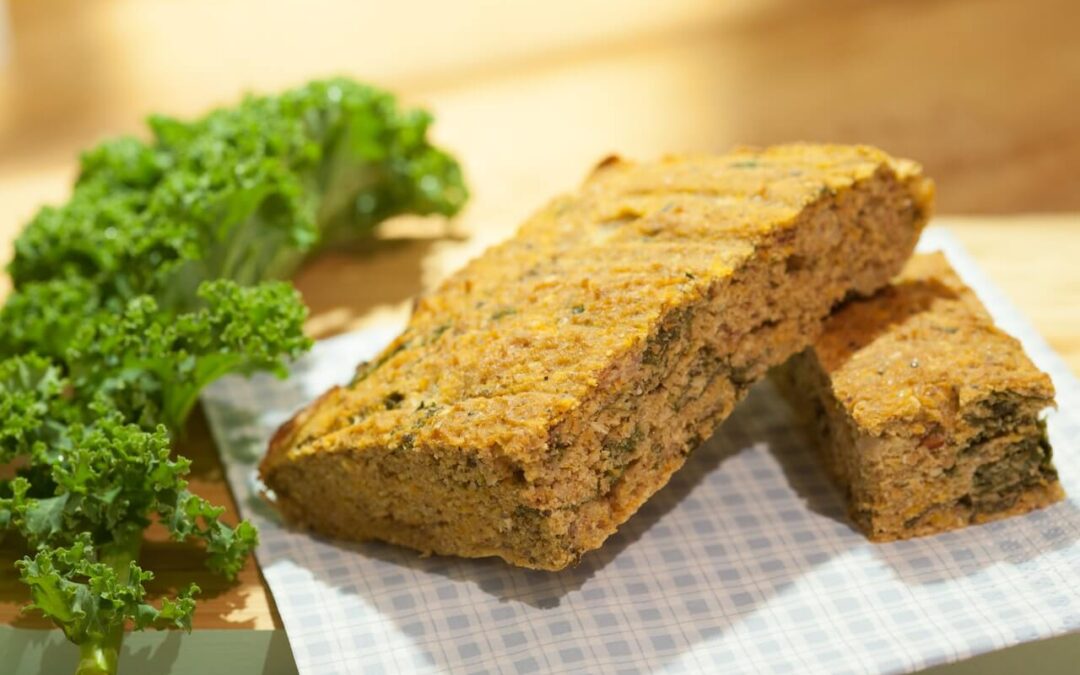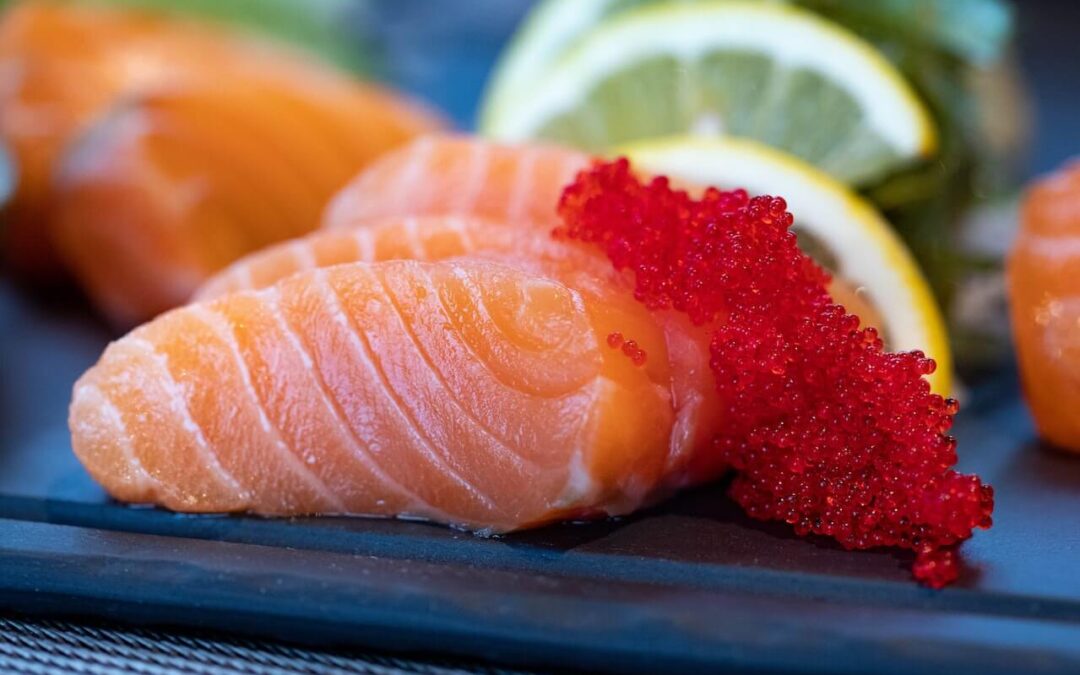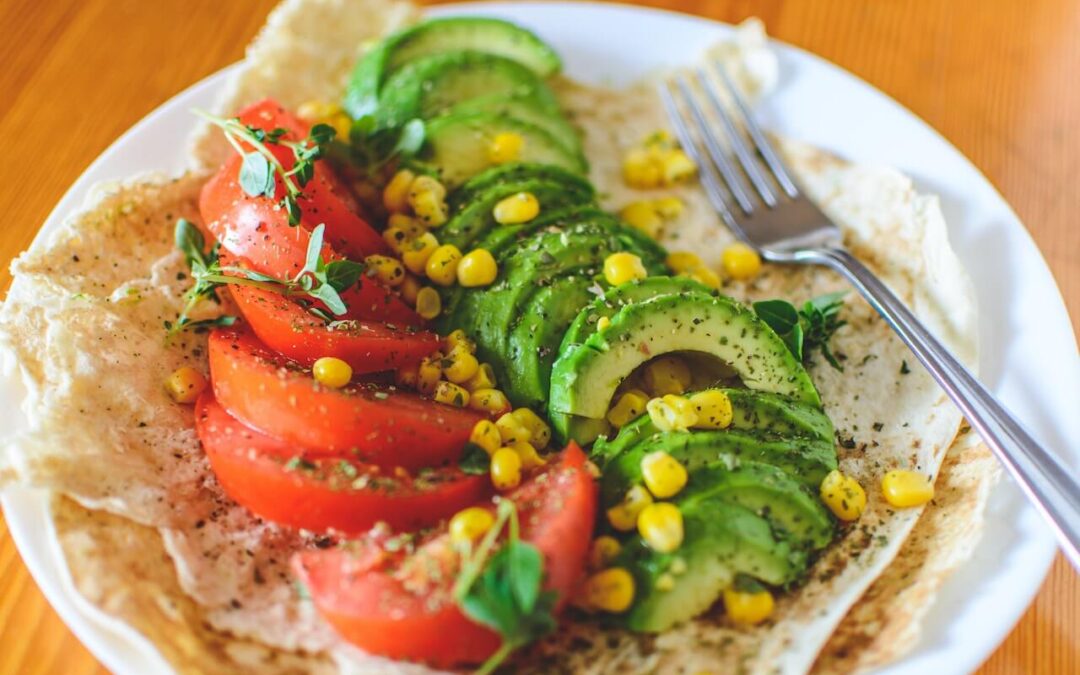Vegan and dairy-free diets limit your ability to consume animal-derived items, if any at all.
Although both diets have many similarities and are sometimes mistaken for one another, they are not the same. As a result, you may be interested in learning about their distinctions.
This article contrasts vegan and dairy-free diets and explains how to discern which items fit into either.
Basic Distinctions
Although vegan and dairy-free diets share some basic concepts and limit some of the same foods, they are not the same.
What is a vegan diet?
Veganism includes both nutritional and lifestyle options. To the best of their abilities, someone who decides to become vegan avoids items that use or exploit animals.
A vegan diet consists of plant foods such as fruits, vegetables, nuts, seeds, legumes, and grains. It does not include meat, fish, seafood, dairy, eggs, or other animal-derived components such as honey.
Veganism may be chosen for environmental, animal welfare, personal health, and ethical reasons.
Vegans avoid consumer items that include animal-derived substances or have been tested on animals. Certain cosmetics, apparel, and personal care goods fall within this category.
What is a dairy-free diet?
Dairy-free diets eliminate all dairy products. Milk from any animal is included in this category, as are any products manufactured from it, such as cheese, yogurt, butter, and cream.
People who follow this diet may still consume animal products such as meat, fish, shellfish, and eggs.
Dairy-free diets are frequently selected for health reasons, such as a cow’s milk allergy or lactose intolerance — a disease in which your body cannot digest the milk sugar lactose, resulting in diarrhea and flatulence after consuming dairy (1, 2).
Some people may also avoid dairy for ethical grounds.
How to choose suitable foods
When shopping, you may want to know if a food is vegan or dairy-free.
Look for a label
Products that fit either diet are frequently branded vegan or dairy-free. Furthermore, some may have the “certified vegan” label, indicating that they have not been subjected to animal testing and do not contain any animal-derived components or byproducts (3).
Additionally, the kosher label pareve (or parve) might assist you in identifying dairy-free foods. This Yiddish phrase denotes food that has neither meat nor dairy (4).
However, food with this name may still include eggs or other animal-derived components, implying that not all pareve meals are vegan.
Read the ingredient list
If a label isn’t visible, look at the ingredient list.
Milk, along with peanuts, tree nuts, soy, wheat, fish, shellfish, and eggs, is one of the top eight allergens. Manufacturers must explicitly identify them on their goods’ ingredient lists to warn customers of their existence. They are frequently printed in large letters (5).
A product is dairy-free if it contains no milk or milk derivatives.
Although vegan products should not include animal products, studying the ingredient list is still a good idea to ensure a product fulfills your requirements.
Some vegan foods may be produced in facilities that also make non-vegan meals. As a result, due to the risk of cross-contamination, the food may contain trace amounts of animal products such as milk, seafood, or eggs.
Vegan dairy alternatives
Vegan dairy substitutes are becoming readily accessible. Milk created from soy, oats, and peas, as well as cheese made from cashews or coconut, are examples.
These items suit vegan and dairy-free diets, and their flavor and texture are comparable to dairy-containing alternatives.
Among the most popular vegan dairy substitutes are:
- Shreds and slices of cheese produced from coconut, almonds, cashews, soy, or pea protein
- Milk: oats, hemp, rice, soy, peas, macadamia nuts, sunflower seeds, almonds, or cashews
- Sour cream and cream cheese are created from beans or cashews.
- Vegetable oil, cashews, or pea protein are used to make butter.
- Soy, oats, cashews, or coconut milk ice cream
Many of these goods may be on the same shelves as ordinary dairy products.
The Bottom Line
While vegan and dairy-free diets share certain commonalities, they are not interchangeable.
A vegan diet eliminates all animal products, including dairy, eggs, meat, and fish. In contrast, a dairy-free diet eliminates all milk products but does not necessarily exclude all other animal products.
While all vegan foods are dairy-free by definition, not all dairy-free foods are vegan.
The simplest method to tell if a food is vegan or dairy-free is to study the label and ingredient list carefully.
Furthermore, many vegan dairy substitutes are compatible with both diets.







0 Comments